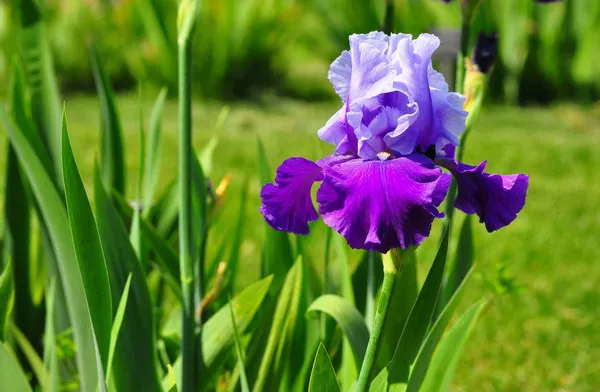In the heart of the season, it’s the perfect time to keep an eye out for two distinctive facets of our native Irish biodiversity: Ivy flowers and Common Knapweed. Catherine Keena, Teagasc Countryside Management Specialist, delves into the enchanting world of these natural wonders.
Ivy Flowers: A Buzzing Haven
The presence of ivy flowers is a sure sign that summer is giving way to autumn. On dry days, these delicate blossoms are a bustling hub of activity, hosting a vibrant community of bees, wasps, flies, and butterflies, while moths join the nocturnal festivities.
Ivy, with its inconspicuous lime-yellow flowers atop woody stems nestled among oval untoothed leaves, unveils a distinctive charm during its flowering stage. The flowers emit a unique, putrid fragrance that beckons various pollinators. Five green petals, each gracefully curving backward, surround a nectar-rich dome. At a time of year when nectar becomes scarce, these flowers are a lifeline for many insects.
One of the remarkable stories hidden within ivy’s branches is its role as a food source for the holly blue butterfly, which lays its eggs on these flowers. Whether you adore or resent ivy, it undeniably holds a significant place in our native Irish biodiversity.
Common Knapweed: A Late Bloomer
As the season progresses, Common Knapweed takes center stage as one of our later-flowering plants. Amidst a backdrop of deep purple, numerous compact flowerheads have transformed into distinctive black seedheads that cling to their sturdy, branching stems throughout the winter. However, a few straggling flowerheads persist, maintaining their vibrancy even at this time of the year.
Commonly referred to as black knapweed or blackheads due to the striking black seedheads, this plant’s significance extends beyond aesthetics. Common knapweed plays a crucial role in supporting a diverse array of wildlife. Many insects rely on the seedheads for sustenance, while others feed on the leaves and stems, creating a complex and intricate food web.
In fact, it’s estimated that common knapweed supports over fifty different invertebrates, forming a delicate ecological balance. Gall flies, gall midges, and small moths that feed on knapweed are in turn preyed upon by predatory flies, highlighting the interconnectedness of our native Irish biodiversity.
In the grand tapestry of Ireland’s natural heritage, Ivy flowers and Common Knapweed are but a few threads, each contributing its unique and invaluable role. Their presence not only showcases the wonder of the Irish landscape but also serves as a reminder of the delicate balance that sustains our native biodiversity.


